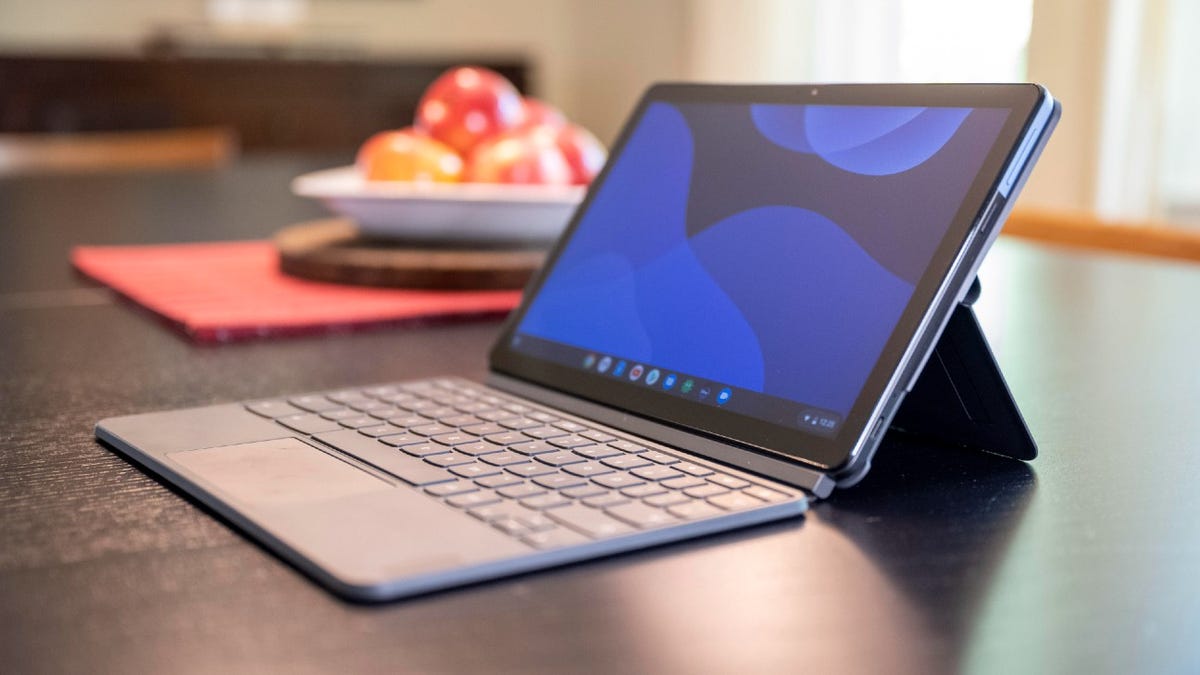How to use the handy SSH management tool in Chrome OS

Chrome OS has become quite the platform for users of all types. Whether you’re a typical user who spends most of your time within an operating system browsing social media, writing ad hoc papers, and shopping for the latest trends, or if you’re an administrator who has to work on remote machines throughout the day, Chrome OS has you covered.
One tool that I use quite a bit comes by way of Linux. If you’ve already enabled Linux, you understand that Chrome OS is much more than just a web browser. With Linux support enabled, you can install quite a large number of applications to turn Chrome OS into a much more traditional OS.
Also: How I revived three ancient computers with ChromeOS Flex
Adding an SSH connection to the Linux terminal app
Along the ride with Linux, comes a terminal tool that is much more than a means to a command-line end. With the Linux terminal in Chrome OS, you also get a convenient Secure Shell connection manager.
Let me show you how it works.
Requirements
The only thing you need to enjoy this handy SSH management tool is a Chromebook with Linux support enabled. Of course, you’ll also need a remote machine that allows SSH connections. But that’s it. Let’s get to work.
Open the Launcher at the bottom left corner of your Chrome OS desktop. Locate and click the Terminal app.
